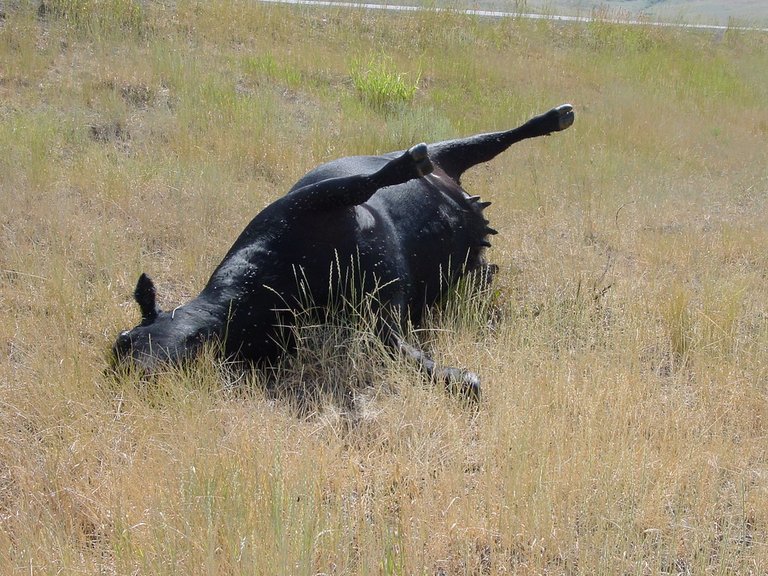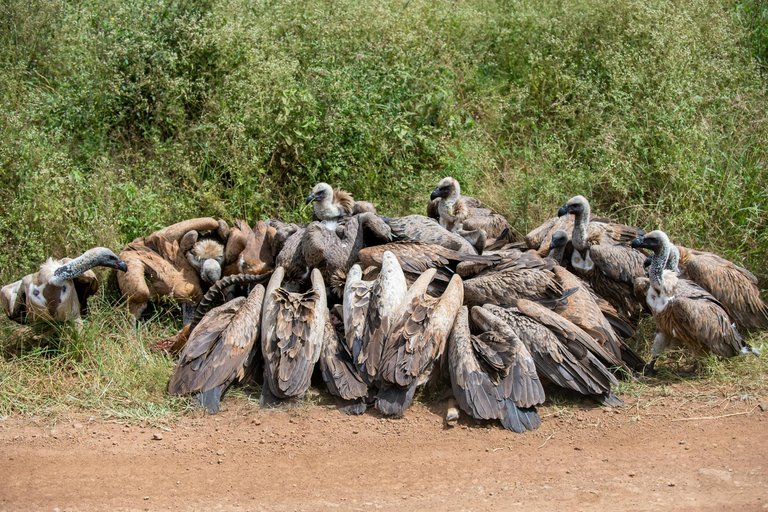For the ecosystem to survive, all parties need to play their part either through food chain, or food web. The order of food chain that goes from plant to herbivores, then omnivores, to carnivores, which could still become meal for another carnivore which is an apex predator, who then become meal for scavengers who would become nutrients for plant and the cycle repeats itself.
When trophic cascade is introduced, there is a domino effect as a result an addition, subtraction or indirect interaction with a predator affects the entire chain and can lead to a cascade of events. A better way to understand it is; A grasshopper eats the grass, a bird eats the grasshopper, a Snake eats the bird, the snake is eaten by a Bird of prey, and so on. The removal or Addition of one of this players directly or indirectly will affect the chain and lead to either the collapse of the specie or something more catastrophic.
While I was reading today, I came a paper written on the Journal of Ecological Economics on Science Direct. The paper was titled "Counting the cost of vulture decline—An appraisal of the human health and other benefits of vultures in India" After reading the paper and reading other ones, I realized that although vultures are important in keeping the ecosystem, Indians seem to have a more closer relationship with them and doing this, they enjoy the ecosystem services they rendered.
I haven't see a vulture close to where I live before and I am not sure a lot of people have seen them close to their living in Nigeria but while using Google which has become our friend for over a decade now, I realized that there are 6 different species of vultures from the 12 different species of vultures available in Africa. But When I was reading the article and other writings, it looked like Indians have a close relationship to these ecological cleanup messiah than I thought.

flickr.com
The lives of vultures before the 1990s was awesome and they were safe from the effect of human activities. When there were dead animal carcasses around, the vultures do a good job in getting them eaten thereby cleaning up the area. Their population were in the millions so they were able to do fantastic job. It is possible that because vultures are placed highly in Hindu mythology is why they were present close to human dwelling.
Since Indians rared cattle and vultures were close to them, the vultures were doing a good job at cleaning but things started to change in the mid 90s when people started to treat their livestock with diclofenac when their livestock had swelling or pain during birth. Diclofenac is a nonsteriodal anti-inflammatory drug and while the drug was helpful to the cattle, but toxic to the vultures. After a wake of vulture, they begin to get the unhealthy dose of drug leading to renal failure in the vulture and then death.

flickr.com
Within 1992 and 2003, there was a a decline of about 96% in the population in vulture population and some species got hit more than others especially those that were close to where people were living. Some of the species include the long-billed vulture, oriental white-backed vulture, and Slender-billed vulture. The reduction in the population led to animal carcasses found around since there were no vulture to take care of then which led to the government spending lots of money on cleaning the dead animals.
People living close to numerous carcasses are prone to diseases including brucellosis, tuberculosis, and other diseases. This could spread through water, food, or from consuming other animals that eat the carcasses like dogs. Talking about dogs, with the reduction in vultures, there was an increase in the number of stray dogs on the street and they are the main vectors for carrying rabies accounting for about 96% of rabies cases. If Rabies isn't treated, it can be fatal because once victim start to show symptoms, there is no cure and will always lead to death. In the year 2006 Diclofenac was banned for animals and Meloxican replaced it leading to the increase and stabilization of Indian vulture population.
https://www.sciencedirect.com/science/article/abs/pii/S092180090800178X
https://www.researchgate.net/profile/Das-Saudamini/publication/379021676
https://pmc.ncbi.nlm.nih.gov/articles/PMC3484763/
https://guardian.ng/saturday-magazine/where-are-the-vultures/
https://link.springer.com/article/10.1007/s42398-022-00224-x#Sec3
https://save-vultures.org/wp-content/uploads/2019/10/Diclofenac-residues....pdf
https://notulaebiologicae.ro/index.php/nsb/article/view/10547/9276
https://www.nature.com/scitable/knowledge

